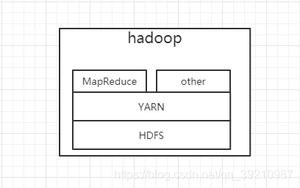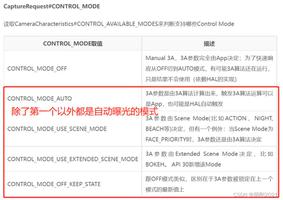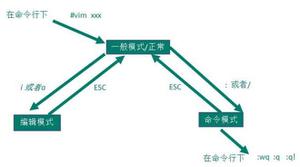在 Python 中使用 3d 系数数组评估 x 和 y 的笛卡尔积上的 2D Legendre 系列
要在 x 和 y 的笛卡尔积上评估 2D Legendre 系列,请使用d()Python Numpy 中的 polynomial.legendre.leggrid2 方法。该方法返回二维切比雪夫级数在 x 和 y 的笛卡尔积中的点的值。如果 c 的维数少于二维,则将其隐式附加到其形状以使其成为二维。结果的形状将是 c.shape[2:] x.shape++ y.shape。
第一个参数是 x, y。二维序列在 x 和 y 的笛卡尔积中的点进行评估。如果 x 或 y 是列表或元组,则首先将其转换为 ndarray,否则保持不变,如果不是 ndarray,则将其视为标量。第二个参数是c。排序的系数数组,以便多度 i,j 项的系数包含在 c[i,j] 中。如果 c 的维度大于两个,则其余索引会枚举多组系数。
脚步
首先,导入所需的库 -
import numpy as npfromnumpy.polynomialimport legendre as L
创建一个 3d 系数数组 -
c = np.arange(24).reshape(2,2,6)
显示数组 -
print("Our Array...\n",c)检查尺寸 -
print("\nDimensions of our Array...\n",c.ndim)获取数据类型 -
print("\nDatatype of our Array object...\n",c.dtype)获得形状 -
print("\nShape of our Array object...\n",c.shape)要在 x 和 y 的笛卡尔积上计算 2D Legendre 系列,请使用d()Python 中的 polynomial.legendre.leggrid2 方法。该方法返回二维切比雪夫级数在 x 和 y 的笛卡尔积中的点的值 -
print("\nResult...\n",L.leggrid2d([1,2],[1,2],c))示例
import numpy as np输出结果fromnumpy.polynomialimport legendre as L
#创建一个 3d 系数数组
c = np.arange(24).reshape(2,2,6)
#显示数组
print("Our Array...\n",c)
#检查尺寸
print("\nDimensions of our Array...\n",c.ndim)
#获取数据类型
print("\nDatatype of our Array object...\n",c.dtype)
#获取形状
print("\nShape of our Array object...\n",c.shape)
#要在 x 和 y 的笛卡尔积上评估 2D Legendre 系列,请使用 Python Numpy 中的 polynomial.legendre.leggrid2d() 方法
print("\nResult...\n",L.leggrid2d([1,2],[1,2],c))
Our Array...[[[ 0 1 2 3 4 5]
[ 6 7 8 9 10 11]]
[[12 13 14 15 16 17]
[18 19 20 21 22 23]]]
Dimensions of our Array...
3
Datatype of our Array object...
int64
Shape of our Array object...
(2, 2, 6)
Result...
[[[ 36. 60.]
[ 66. 108.]]
[[ 40. 66.]
[ 72. 117.]]
[[ 44. 72.]
[ 78. 126.]]
[[ 48. 78.]
[ 84. 135.]]
[[ 52. 84.]
[ 90. 144.]]
[[ 56. 90.]
[ 96. 153.]]]
以上是 在 Python 中使用 3d 系数数组评估 x 和 y 的笛卡尔积上的 2D Legendre 系列 的全部内容, 来源链接: utcz.com/z/297242.html







